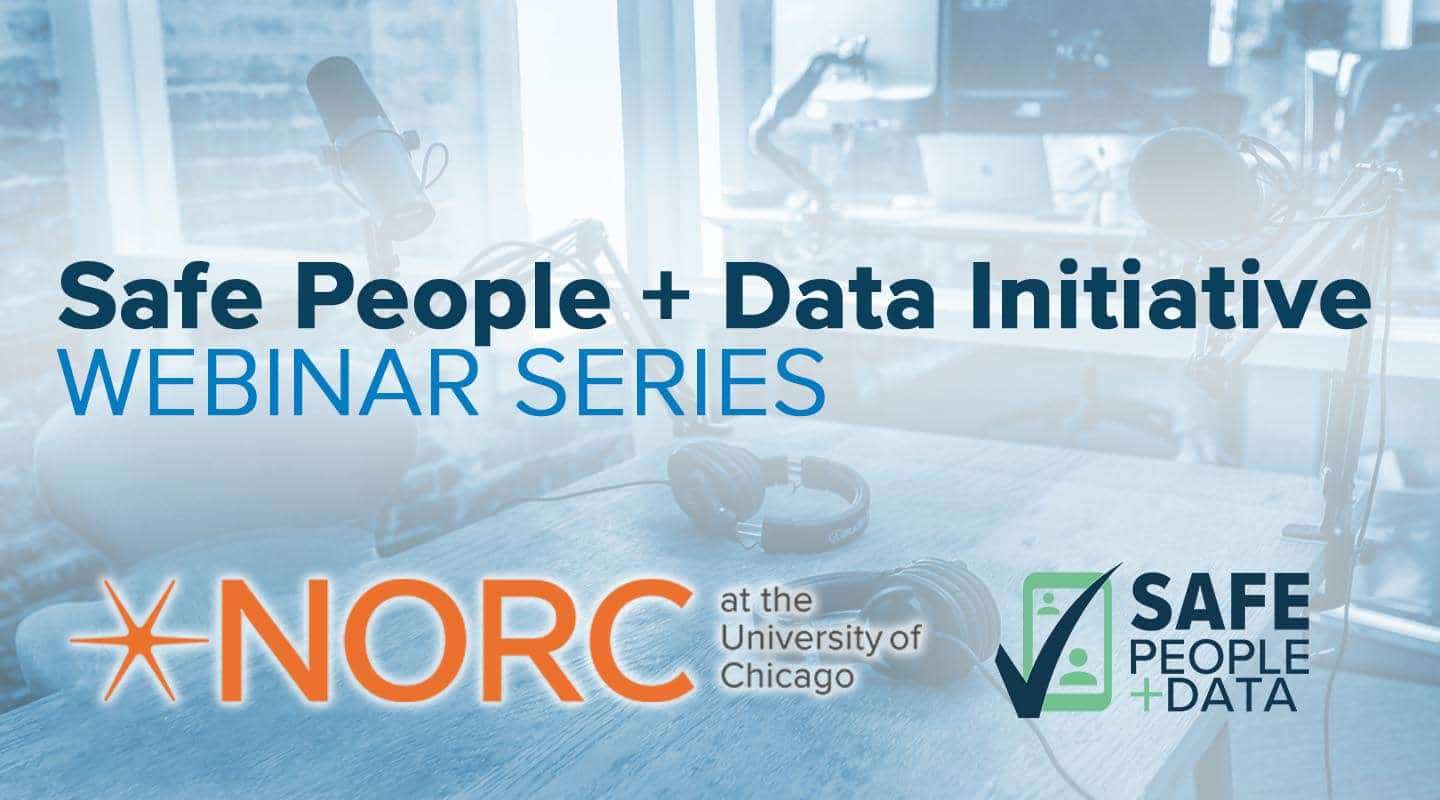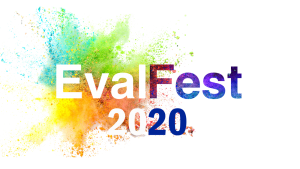Note: The live webinar has already occurred. You can watch the video recording here.
Sample design is a foundational step in survey research, but when sampling frames are unavailable, sampling strategies must become more strategic. This is a classic research challenge when it comes to studying hidden or hard-to-reach populations and illicit behaviors. Researchers at NORC at the University of Chicago decided to employ respondent-driven sampling (RDS), a variation of snowball sampling which uses mathematical modeling to adjust for the typical biases associated with referral-based sampling approaches. Their project which uses RDS to measure commercial sexual exploitation in Kenya is featured in this SurveyCTO case study.
Join us on Wednesday, July 7th 2021 at 1 PM UTC / 9 AM EST for our next live event, where you’ll learn about RDS sampling.
Incentives are often important drivers of survey response rates, but in the context of RDS, a strategic, well-tracked incentive and referral scheme can also be instrumental in helping to collect the data required for population size estimation. To this end, unique coupons, redeemable once after an interview, can serve this purpose. Respondents can then be incentivized to distribute additional coupons as part of a growing system of network referrals. As coupons are distributed to a hidden population through friends and acquaintances, links in the resulting dataset between respondents are established. After successive waves of interviews and coupon distributions, a population estimate can be derived using a variation of RDS and mark-recapture called link-tracing. Scannable QR codes combined with the use of a dynamic server dataset are a convenient means for organizing such an incentive scheme.
What you’ll learn
Join us on July 7th to learn about the following:
- NORC’s study of Commercial Sexual Exploitation of Children (CSEC) in coastal Kenya
- An introduction to RDS, mark-recapture, and link-tracing methods and sampling strategies, and why these methods were selected for this study
- QR code and coupon generation
- How SurveyCTO server dataset technology was used to track, validate, and monitor coupons in real-time
- Challenges and lessons learned
Participants will gain valuable guidance on choosing non-probability sampling methods like RDS. This event will be especially helpful for anyone engaged in research on hard-to-reach populations.
You can learn more about NORC’s Kenya project here and respondent-driven sampling here.
Resources on server datasets and barcode scanning
In SurveyCTO, server datasets are data tables that are attached to forms for use as a source of pre-populated data. At the same time, form submissions can update the contents of server datasets to help track processes like the distribution, and validation of coupons. Classically, this is used in workflows where one form generates data to be used in another form (as described here). Otherwise, SurveyCTO supports barcode and QR code scanning using the barcode field type, and a third-party barcode scanner app.




